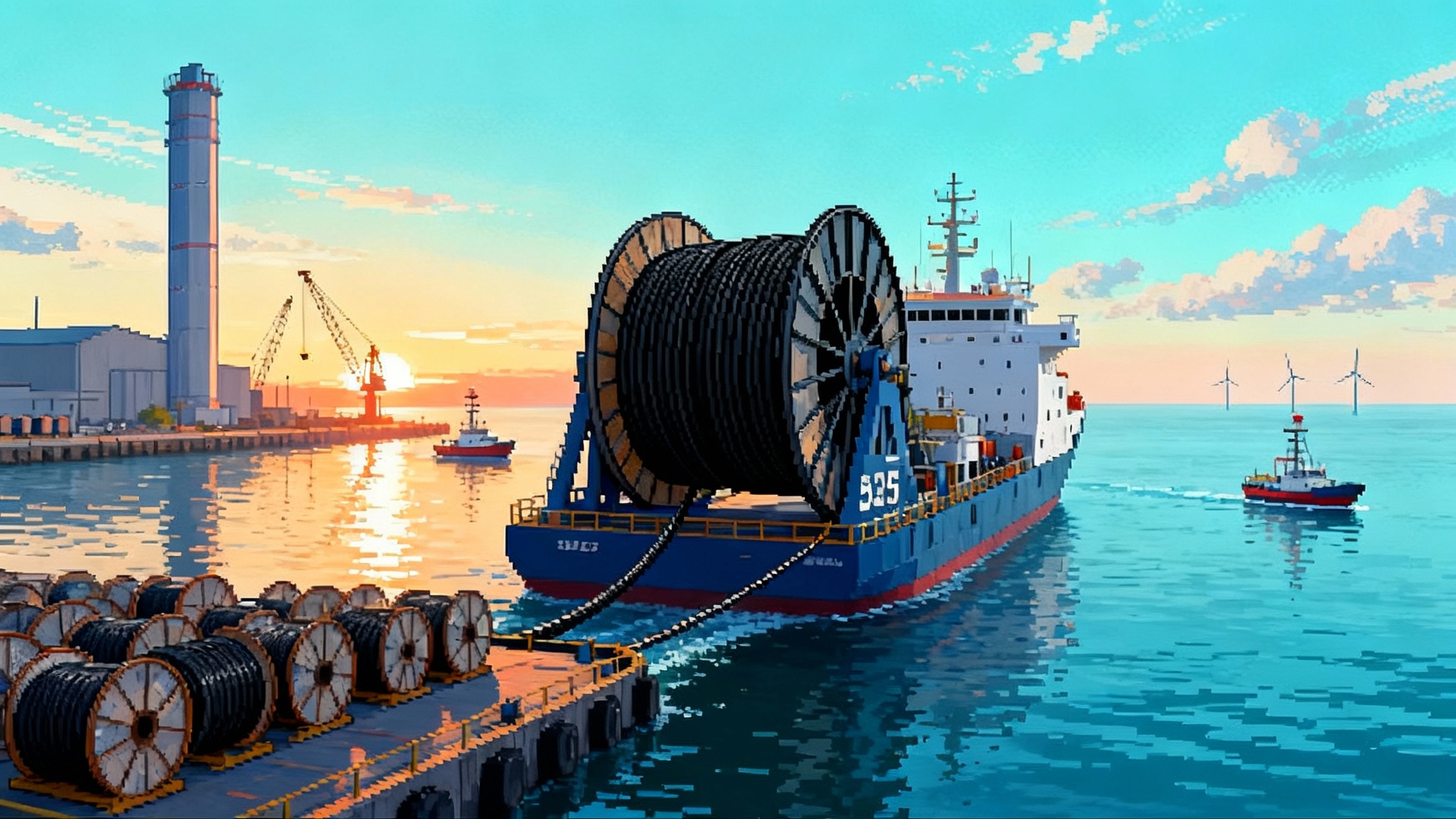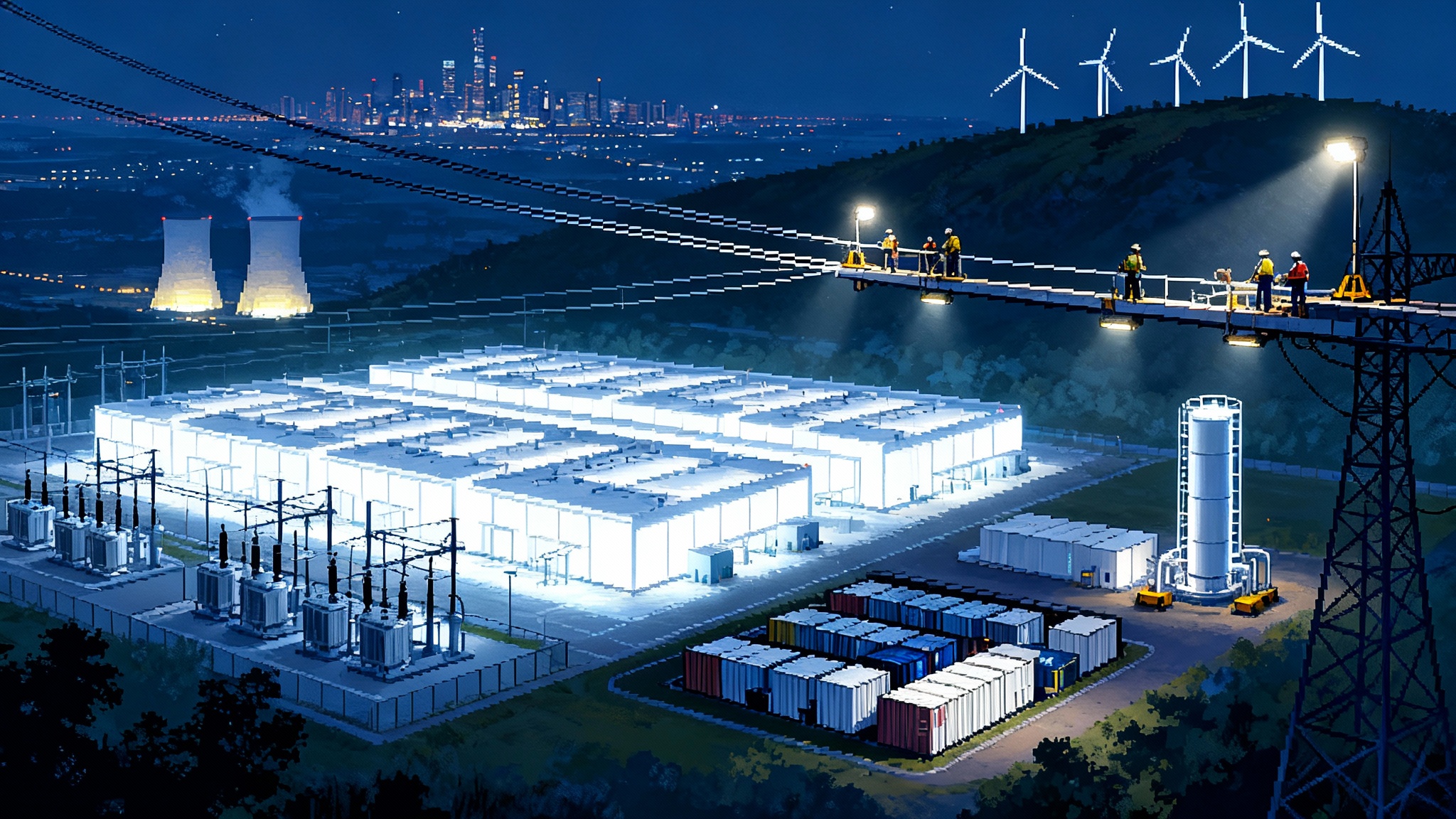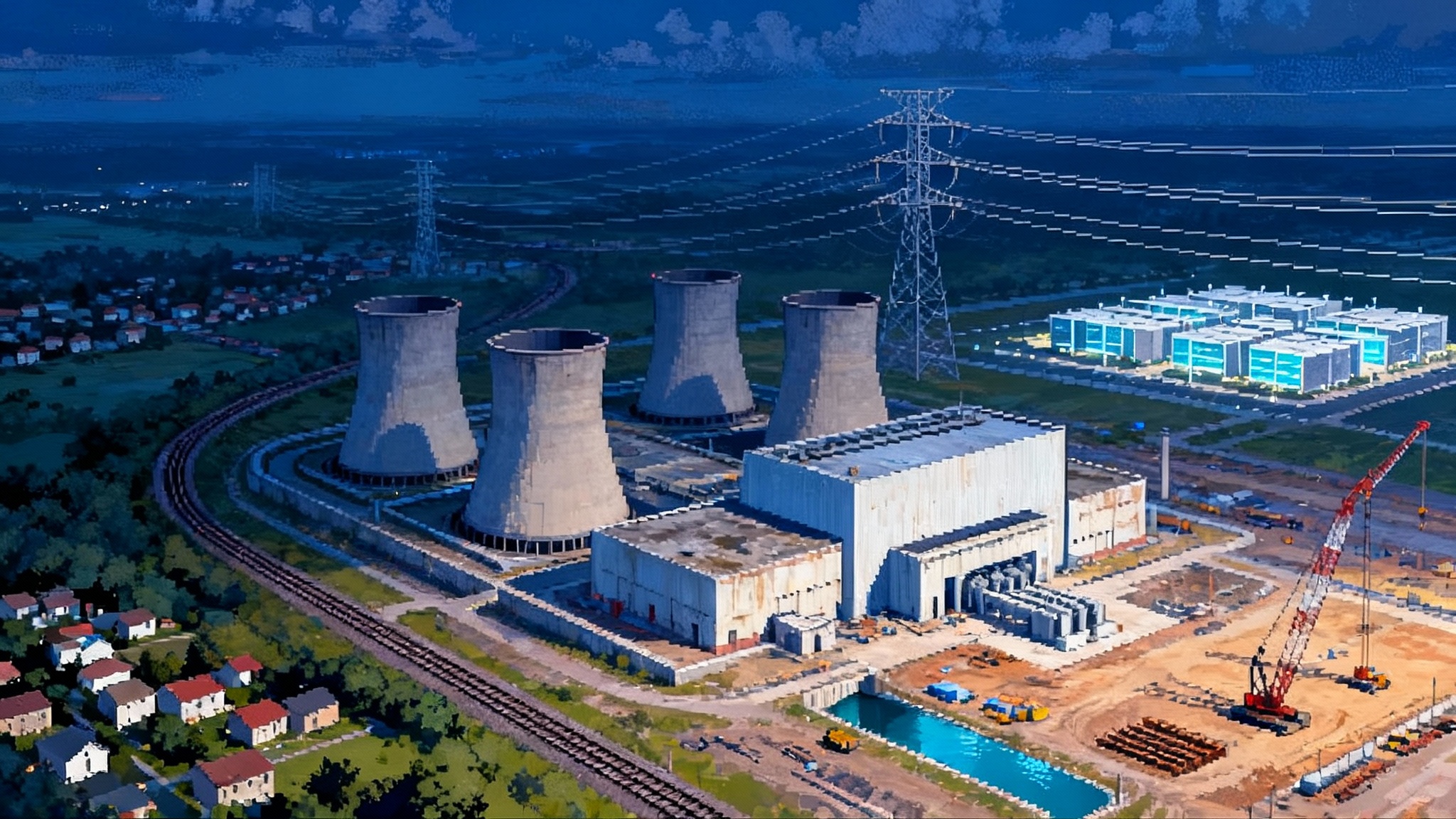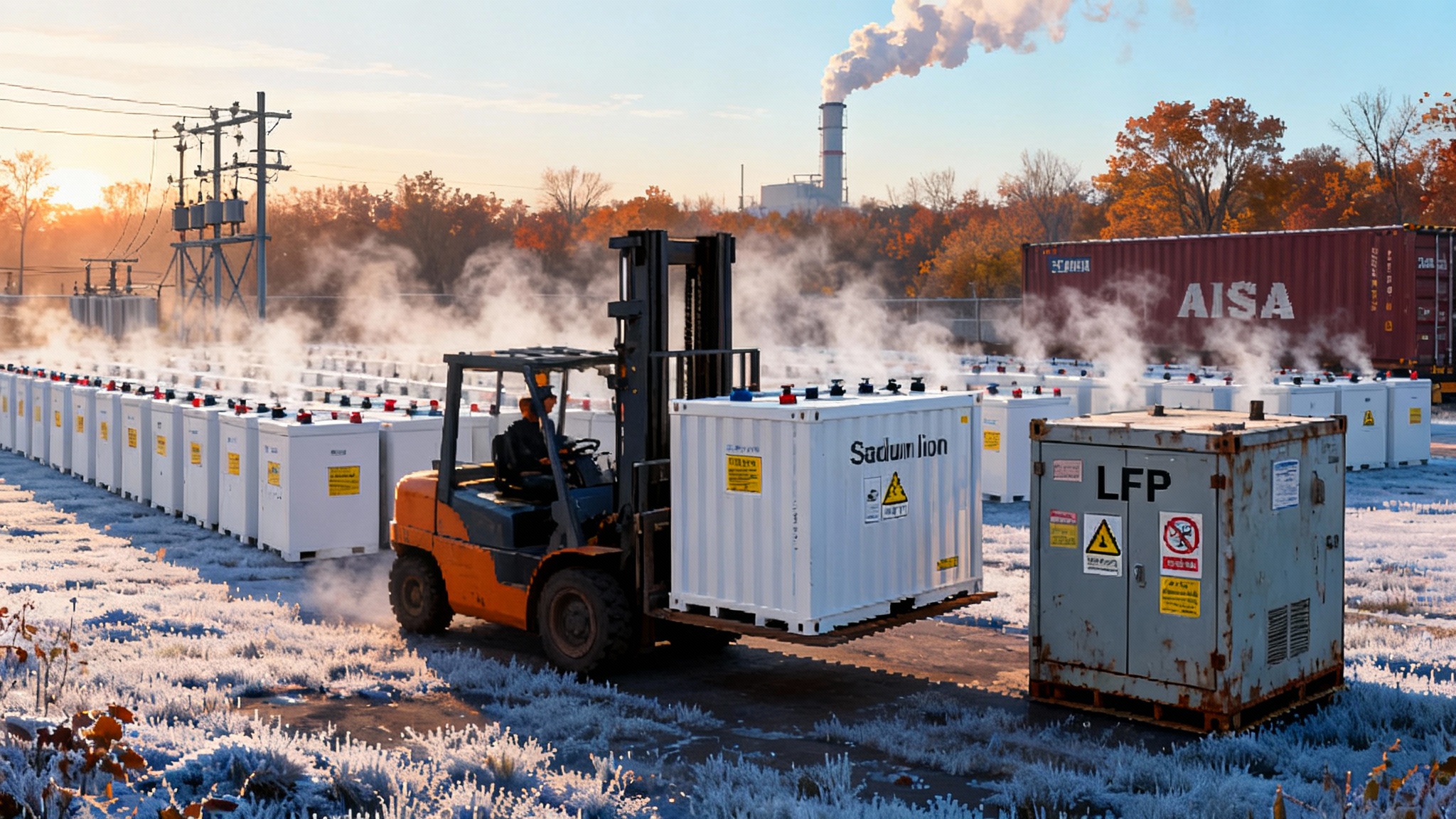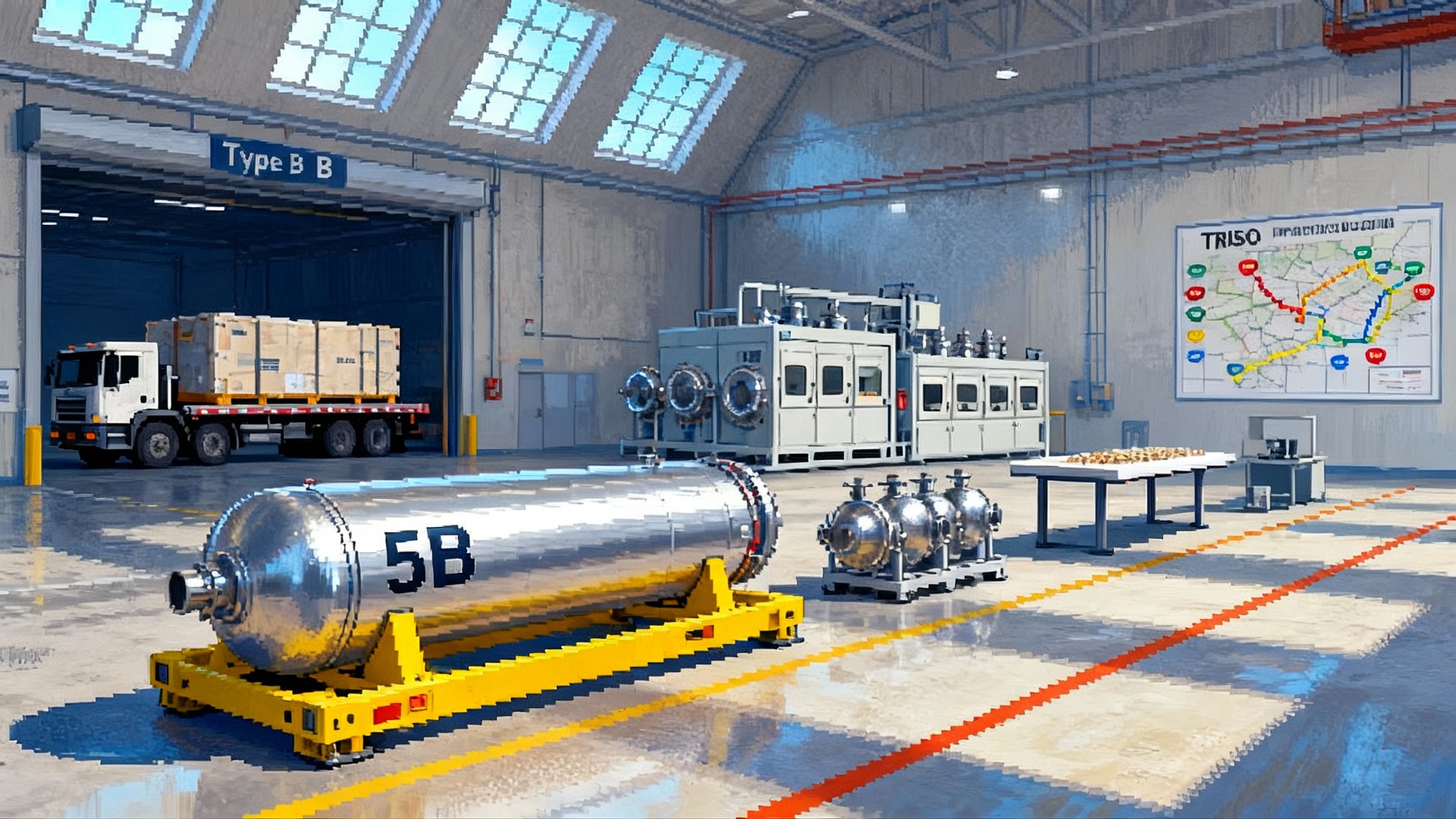Hydrogen’s 2025 Reality Check: 45V Rules, Hubs Cut
January’s final 45V guidance opened a path for cleaner hydrogen just as midyear politics tried to narrow it and fall cancellations shook the DOE hub map. Here is how developers can still reach final investment decisions between 2026 and 2029.
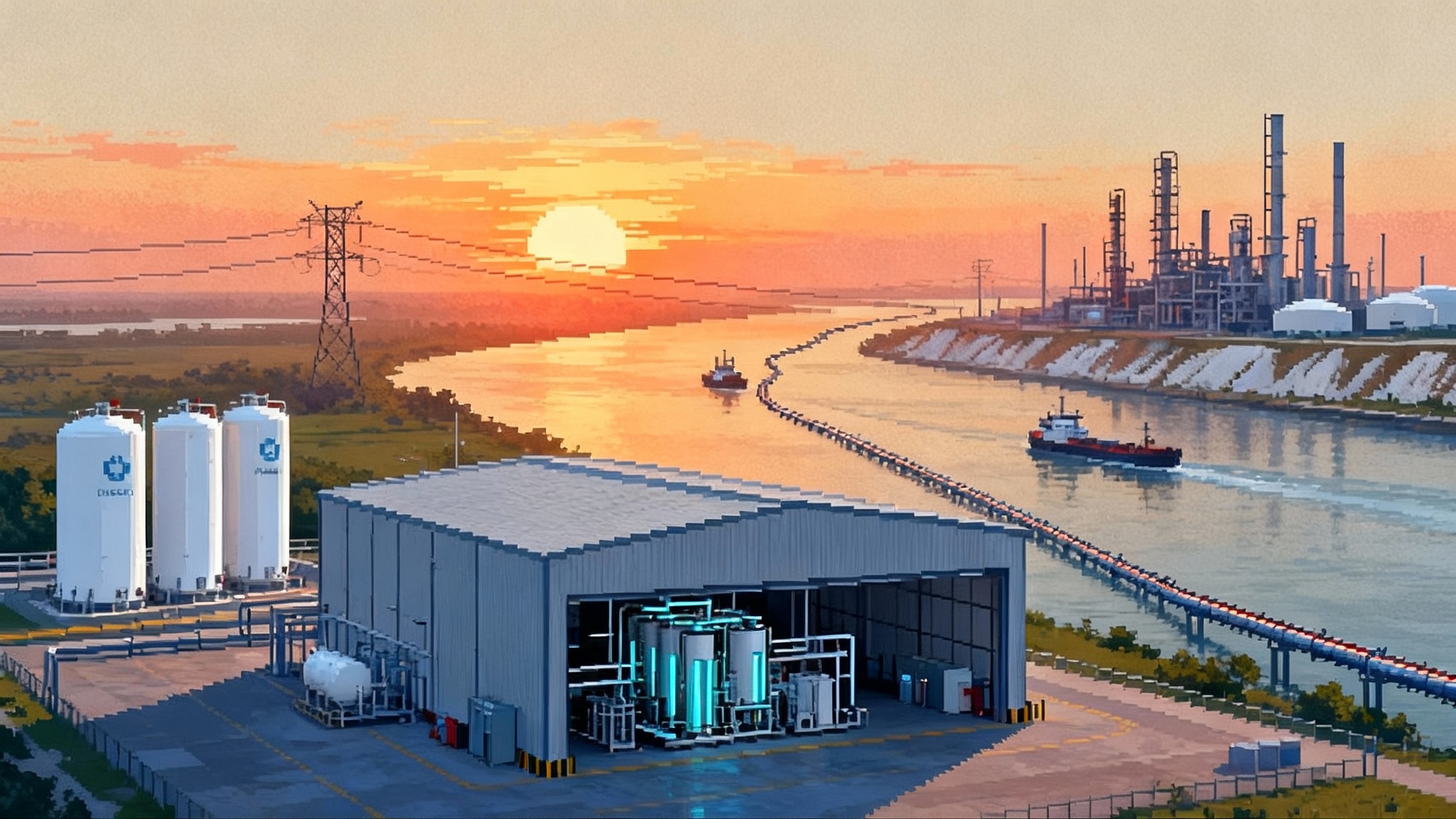
The year hydrogen grew up
January 2025 finally told hydrogen developers what game they were playing. After a year of guesswork, the U.S. Treasury published the long-awaited final rules for the Section 45V clean hydrogen tax credit, clarifying the emissions thresholds, the three electricity pillars, and the modeling that will govern credit value. Hourly matching of clean electricity was pushed to 2030, annual matching remains acceptable until then, and producers can lock in the GREET model version at start of construction for their 10-year credit period. For a sector drowning in uncertainty, that was a lifeline. You can read the announcement in Treasury’s final 45V rules.
Clearer rules did not mean calmer waters. By spring, proposals surfaced in the House to shorten or eliminate the credit window and to narrow transferability, which had helped many early projects raise capital. Over the summer, the Department of Energy signaled that several of the seven Regional Clean Hydrogen Hubs selected in 2023 might lose support. Then in early October, the hammer fell: the Department of Energy announced cancellations affecting billions in clean energy awards, including at least one high-profile hydrogen hub, a move that threw many public-private plans into limbo. See the reporting on DOE cancels hub funding in October 2025.
The net effect was a reality check. Policy can enable markets, but it cannot substitute for them. Developers who internalized that message have already begun to change course in three ways: where they build, what they sell, and how they finance.
What the final 45V rules really changed
Forget the noise and focus on the mechanics that matter to bankability:
- Temporal matching shifts to hourly in 2030. Until then, annual matching is acceptable, which lets grid-connected electrolyzers run against an annual book of clean power. That buys time to line up granular certificates and storage.
- Deliverability ties power to the same grid region, with limited pathways for interregional proof. This means sitting on the right side of grid seams really matters and intersects with the transformer crunch now gatekeeper.
- Incrementality requires new or uprated clean generation, with specific exceptions such as eligible nuclear capacity at risk of retirement and power plants that add carbon capture and storage within a defined window. The aim is to avoid phantom decarbonization.
- Lifecycle analysis sticks to a four kilogram carbon dioxide equivalent per kilogram hydrogen threshold for the floor of eligibility, with higher credits at lower intensities. Important: the rules also address wasteful or circular uses, such as venting or looping hydrogen to make electricity to run the same electrolyzer, which disqualifies credit.
- Model certainty improves. Producers can rely on the GREET version effective at start of construction for the entire credit tenure, reducing model drift risk.
Two practical implications follow. First, a grid-connected, renewables-backed project has a credible path to the highest credit tier if it can source low-carbon electricity during most hours and prove it hour by hour from 2030. Second, methane-based pathways with high capture rates can qualify if upstream methane leakage and processing emissions are tightly managed and verified.
The political whiplash and what it means for project maps
The spring and summer attempts to curtail 45V and the fall cancellations of certain hub awards did not kill U.S. hydrogen. They did redraw the map of momentum. The areas that kept lining up customers, molecules, storage, and low-cost power kept moving. The areas that leaned more on grant tranches and looser offtake are now resetting their timelines.
One pattern stands out. The Gulf Coast looks steadier than almost anywhere else. It has massive industrial demand for hydrogen and ammonia, a dense pipeline grid, salt caverns suited to hydrogen storage, and mature carbon capture and sequestration geology. It also hosts refineries, petrochemical plants, and ammonia producers that need reliable hydrogen regardless of the political mood. If you were designing a molecule business to survive policy shocks, you would put it next to customers who already burn or react that molecule every day.
Developers are pivoting: from headlines to molecules
The leading projects now talk less about hub geography and more about hard offtake. That pivot has four moves.
-
Co-locate with cheap, reliable power and storage. Electrolyzers are essentially electricity price arbitrage machines. Every cent per kilowatt-hour moves the cost stack. A simple rule of thumb: at 50 kilowatt-hours per kilogram, a two-cent power price implies one dollar of electricity cost before efficiency and losses. Pair that with access to firm power during low renewable output hours and you protect utilization rates, which drive both cost and eligibility under 45V. On the Gulf Coast and parts of the Plains, developers can contract wind, solar, and nuclear, then firm with storage or industrial cogeneration. See how supply is evolving in America’s nuclear reboot in 2025.
-
Tie production to industrial customers. The easiest offtake is the molecule customers already use. Refineries blend hydrogen into hydrotreaters and hydrocrackers. Ammonia producers crack natural gas today and can blend or switch to low-carbon hydrogen. Steel plants with direct reduced iron units can co-fire. Methanol and plastics producers can embed hydrogen in their chemistry. These buyers care less about a hub map and more about delivered cost, reliability, and carbon intensity documentation.
-
Stack value through fuels, not fuel cells. Section 45Z, the Clean Fuel Production Credit, begins in 2025 and rewards low-carbon transportation fuels, including sustainable aviation fuel. That opens a pathway to convert hydrogen into higher-value molecules such as e-methanol or synthetic kerosene where lifecycle emissions modeling shows a path to credit. This is about assembling a chain in which 45V lowers the cost of hydrogen, 45Z monetizes a clean fuel output, and signed offtake backs a loan.
-
Move from public to private capital. With hub grants in question in several regions, the financing stack is shifting toward private credit, tax credit transfer deals, and classic project finance centered on long-term offtake. Sponsors are moving quickly to standardize definitions of force majeure, emissions verification, and certificate procurement so that banks can size debt confidently. Watch how tech-neutral 45Y and 48E credits are reshaping capital stacks.
Green versus blue in 2025: the economics are converging, not colliding
Color labels obscure the real competition, which is between energy inputs, carbon intensity, and verification risk.
-
Green pathway. The cost driver is electricity. The winners will secure multi-decade blocks of very low-cost clean power near load, then use storage, flexible operations, and contracts to meet the hourly matching requirement after 2029. The big risk is curtailment or scarcity of hourly matched certificates in 2030 to 2032. Projects are de-risking by co-locating generation and using direct wires for a portion of load, then layering grid certificates for the rest.
-
Blue pathway. The cost driver is gas plus capture and storage. Capture rates must be high and upstream methane tightly controlled. The verification burden is real, but the Gulf Coast and Appalachian regions have a head start with established carbon dioxide pipelines, storage reservoirs, and operators who can offer fixed-price transport and storage. The big risk is policy or market penalty if methane leakage exceeds assumed rates. Sophisticated developers are writing methane clauses into gas supply, including independent measurement triggers and price adjustments.
The surprising result is convergence. In places with two-cent to three-cent power and good matching strategies, green can land in the same delivered cost range as blue. In places with cheap gas, existing reformers, and low-cost storage, blue can compete head to head. Instead of a color war, the market will segment by region, offtake, and certificate availability.
Where to scale, and where to pause
-
Gulf Coast and Lower Mississippi. Scale now. It has industrial offtake, salt cavern storage, and both green and blue feedstock options. Expect refineries and ammonia plants to anchor the first wave, with pipelines enabling a second wave of merchant volumes.
-
Appalachia and Ohio River Valley. Blue-leaning with strong capture geology and pipeline corridors. Early volumes can target steel and chemicals. Watch for policy friction on methane rules; bankable contracts can overcome it.
-
Upper Midwest. Mixed pathway. Abundant wind and growing solar can support green production tied to fertilizers and ethanol-to-jet conversion, and blue volumes near gas and storage. Transmission and hourly certificate buildout are the gating items. Related grid constraints echo America's HVDC cable bottleneck.
-
West Coast. Post-cancellation recalibration is underway. Port fuel switching and aviation markets still justify selective projects, but power prices and certificate supply need careful structuring. Look for smaller, customer-backed builds rather than hub-scale bets.
-
Interior West. Niche opportunities where nuclear, hydro, or very high-capacity factor wind can anchor power supply. Long distances and load pockets mean co-location with a single large buyer is the play.
The 2026 to 2029 playbook to reach final investment decision
Here is the concrete, bankable path developers are following.
-
Start with the buyer, not the plant. Identify an anchor customer with a creditworthy balance sheet and a tolerance for ten to fifteen year terms. Structure a take-or-pay with carbon intensity targets, delivery windows, and certificate language that mirrors 45V rules today and hourly matching from 2030.
-
Put electrons and molecules on the same map. Choose a site where you can co-locate power, water, and either ammonia synthesis, refining integration, or pipeline access. If blue, line up gas supply with independent methane measurement. If green, pre-contract clean power that is new, deliverable, and paired with a plan to secure hourly matched certificates from 2030. Design a direct-wire tranche for reliability.
-
Build a certificate supply plan. Think of Energy Attribute Certificates as fuel in their own right. Secure multi-year contracts with registries able to issue hourly certificates by 2030. Add storage and demand-response capability so your electrolyzers can follow certificate availability without killing utilization.
-
Route hydrogen into higher value exits. Where the geography supports it, convert part of the stream into ammonia for export or fertilizer, or combine with captured carbon to make e-methanol or synthetic aviation blendstock. Use Section 45Z eligibility analysis to support pricing. This is how you turn a commodity into a product with credit uplift.
-
Separate credit streams in the engineering. You cannot claim both 45V and 45Q for the same molecules or equipment, but you can design a site with distinct trains, some earning 45V for green hydrogen and others earning 45Q for captured carbon used elsewhere. Legal and metering boundaries matter. So do operating practices that prevent cross-contamination of accounting.
-
Pre-bake verification. Assume auditors will test your emissions math. Instrumentation for electricity, water, and gas inputs; independent methane measurement; storage monitoring; and data retention are not afterthoughts. They are part of the lender’s checklist. Put third-party verification into your budget.
-
Finance with simple parts. Use offtake-backed project finance for the core plant, tax credit transfers for 45V, and private credit or infrastructure equity for the balance. If grant money shows up later, treat it as upside. Document change-in-law and curtailment risk with clear triggers and price adjustments. Simpler beats clever when politics are volatile.
-
Phase construction. Phase 1 should hit a cash cost and carbon intensity that qualify for a meaningful 45V tier on day one, with a plan to reach the top tier by 2030 when hourly matching starts. Phase 2 can scale into pipelines or export once offtake and certificate markets deepen.
What to watch in 2026 and 2027
- Hourly certificate markets. This is the single most important operational variable for green projects. Monitor registry capabilities and create alternatives, including behind-the-meter generation and storage.
- Methane metrics. Blue projects will live or die by measured leakage, not modeled averages. Expect contract clauses to evolve fast and insurers to price coverage accordingly.
- Ports and pipelines. Export-capable ammonia terminals and repurposed hydrogen pipelines convert stranded volume into tradable molecules. Site near them and your optionality rises.
- 45Z and aviation. As airlines seek drop-in fuels, projects that can supply e-jet blendstock at credible cost will earn premiums. Developers that master aviation lifecycle accounting will outcompete those who treat it as an afterthought.
The bottom line
January’s rules gave hydrogen a yardstick. Autumn’s cancellations erased some public scaffolding. The projects that still pencil out share a pattern. They start with a buyer. They sit on top of cheap, verifiable energy. They turn policy requirements into contract clauses and measurement plans. And they convert hydrogen into products that pay more than the molecule.
If you are a developer, the path forward is not grand. It is granular. Put your plant where the power, storage, and customers already are. Write the contracts that make lenders comfortable in 2030, not 2025. And treat every kilogram like a balance sheet item that must prove its carbon, not just its price.
Do that, and final investment decisions between 2026 and 2029 are still within reach, even in a year that proved how quickly the headlines can shift.
